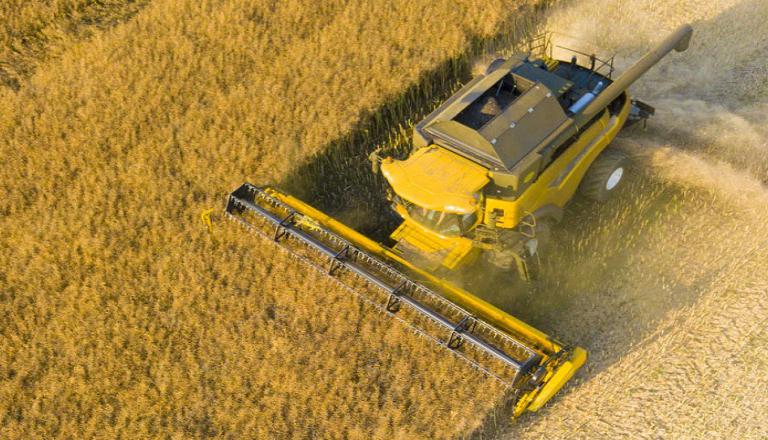Lately I’ve had several companies talk to me about how much they’d like to increase their sales in 2018. My response? There’s never been a better time for Canadian agri-food producers to enter the European Union (EU) market for the first time, or to expand existing exports. The provisional implementation last September of the Canada-EU Comprehensive Economic and Trade Agreement (CETA) has set the table for significant new opportunities for virtually every sector of the Canadian economy — and there’s a hearty appetite for Canadian food.
When fully implemented, CETA will eliminate EU tariffs on almost 94% of Canada’s agri-food products. Canada already exported $3.5 billion in agriculture and food products to the EU in 2016, making it the country’s fourth largest export destination, but there is now huge potential for Canadian agriculture and food product exporters to make even greater trade inroads into EU markets according to the Canadian Agri-food Trade Alliance (CAFTA).
To boil it down, this means Canada’s agriculture and agri-food sectors will have a distinct advantage over competitors in countries that do not have free trade agreements with the EU. CETA will encourage competition, allow Canadian food exporters to operate more efficiently, and provide you with duty-free access to a market of 510 million consumers and a GDP of more than $22 trillion.
Reduced trade barriers and easier access to the EU market will provide opportunities specifically for small and medium size Canadian companies to compete in Europe on a level playing field with locally sourced products, and for the first time in a free trade agreement, Canadian products will be tested and certified in Canada and will not have to be re-certified by authorities in the EU.
Overall, the opportunities with CETA tally up some big numbers. CETA presents the potential to increase Canadian exports by up to $1.5 billion annually, including $600 million in beef, $400 million in pork, $100 million in grains and oilseeds, $100 million in sugar-containing products, and a further $300 million in processed foods, fruits and vegetables, according to CAFTA.
Moreover, more than 90% of Canada’s farmers and about 40% of our food-processing sector is dependent on exports. In the last 10 years, agriculture and agri-food exports have grown by 77% to over $56 billion and account for 11% of goods GDP and almost 10% of total merchandise trade. Food processing is by far the largest manufacturing employer in Canada, supporting more than 250,000 jobs across the country.
Canada’s main agriculture and agri-food exports to the EU by value are soya beans, seafood, wheat and canola.
While CETA will eliminate most tariffs, and give Canadian exporters easier access to EU markets, you will still need to comply with all EU regulatory and/or sanitary requirements and rules of origin for imported goods.
For example:
- Products such as meat, fruits and vegetables or maple products for export to the EU must be produced in a facility registered with the Canadian Food Inspection Agency (CFIA).
- Meat and meat products such as pork, beef and pet food must be produced in an EU-approved facility.
- Products must conform to EU food labelling requirements including font-size standards, identification of genetically modified ingredients and relevant nutrition information.
- Shipments must include an accompanying CFIA export certificate and/or health certificate for the product.
Detailed information on specific regulations and requirements for different products are on the CFIA and European Commission websites.
If you’re a Canadian producer of organic products and want to export to the EU, you need to be aware of a new system of electronic certification implemented last Octoberto better monitor imports of organic products and reduce potential fraud by improving their traceability. The new system requires the addition of import certificates into the Trade Control & Expert System (TRACES), the existing electronic system for tracking movements of food products across the EU.
Also, keep in mind that some tariffs may still apply to your EU exports. Check out the Canada Tariff Finder, a free tool that allows Canadian exporters to check the tariffs applicable to a specific good in a foreign market. The focus is on countries where Canada has a Free Trade Agreement (FTA) in place.
Canada’s Food Inspection Agency provides a useful step-by-step guide to food exports to Europe, including an explanation of the rules and regulations, while Export Development Canada and the Canadian Trade Commissioner Service have representatives throughout the EU to help smooth the way with expert advice and guidance.
Bottom line, if you’re hungry for more sales this year, check out the EU. Bon appétit!






